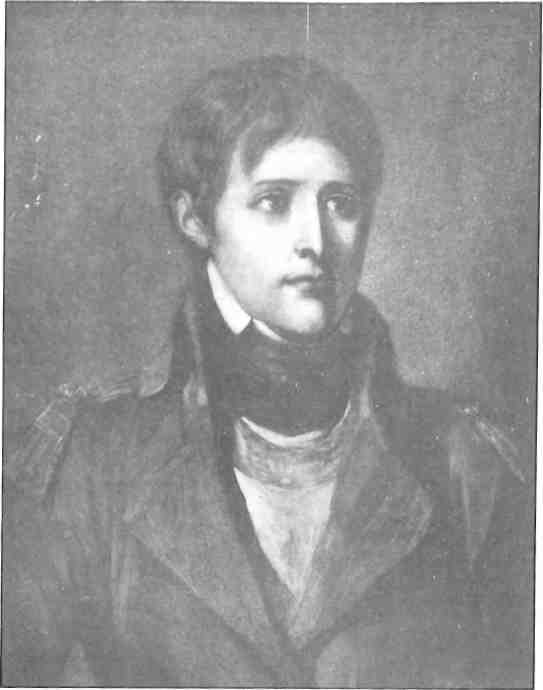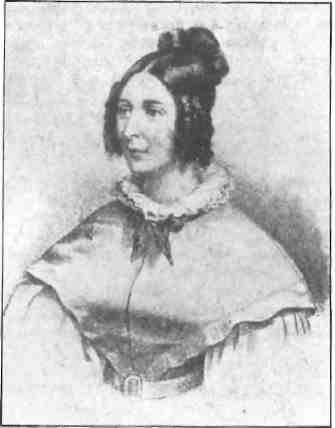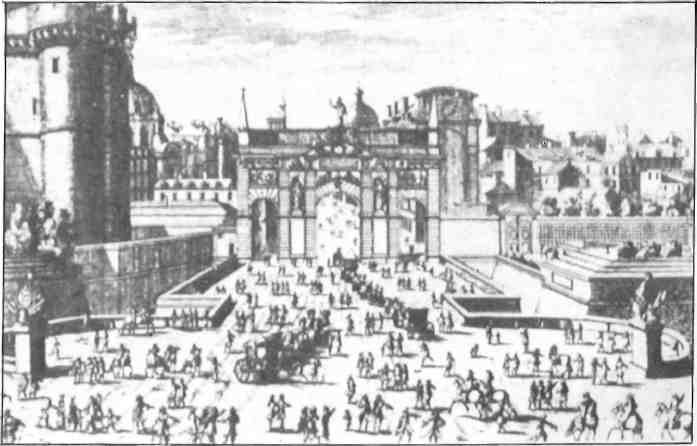After Napoleon’s death, a small, beautifully bound book bearing his imperial coat of arms embossed in gold was found in his personal library at the palace of St. CIoud outside Paris. It describes the geneaology of Demetrios Stephanopoulos-Comnenos, an ‘almost’ direct descendant of David Comnenos II, last emperor to rule the break-away Byzantine empire at Trebizond on the Black Sea before it too fell to the Turks.

The book also contains a copy of the official document issued by Louis XVI on 15 April 1782 which recognizes the geneaology as authentic and grants Demetrios, an “honoured member” of the French court, the right to be known as ‘Prince’ and the use of the double-headed eagle with crown as his insignia.
As unlikely as it seems, Napoleon, the reforming Jacobin, and aristocratic Demetrios, a far-flung scion of the Byzantine Imperial Dynasty of Comnenos, knew each other well: both belonged to the Corsican nobility.
Trebizond, originally a Greek trading station founded about 756 B.C., became a prosperous Black Sea port on the main Asia — Europe caravan route via Armenia and claimed the added privilege of being an Apostolic See whose church had been founded by St. Andrew. For two and a half centuries, it was also the magnificent capital of an off-shoot empire created by the brothers Alexius and David Comnenos after the Crusaders had occupied and savagely looted Constantinople in 1204.
A microcosm of the later, Trebizond too, had its Hippodrome, Cathedral of St. Sophia and splendid churches and palaces some of which are still extant; it remained a thriving center of Byzantine culture until 1461 when it fell to the Turkish sword.
Its last emperor, David II, was captured and later executed, but prominent members of the imperial and leading families were rescued by Genoa, then the most powerful trading nation in the Black Sea area. After many adventures, they were eventually resettled in the southern Peloponnese where there were still some lingering family connections. There they formed distinctive communities with their own habits and leadership under the Stephanopoulos-Comnenos family: a small tower allegedly belonging to a member of the Comnenos family still exists at Astros.
Towards the mid-17th century the Turks began a series of ruthless probing attacks in the area in an attempt to subdue the semi-independent Laconians. It was time for these now-large communities which had grown from original refugee nuclei to move on. Helped once again by the Genoese, they were offered yet another new home on the island of Corsica, then under the jurisdiction of Genoa.

Culturally advanced, Orthodox and Greek-speaking, it wasn’t long before these families into conflict with the hybrid local population which spoke a Latin-based dialect and embraced Roman Catholicism. Inter-family squabbles and vendettas arose which apparently still smolder on, and a pitched battle even took place near Ajaccio which is depicted in a painting in the church of Madonna delle Carmen near the capital.
In these hostile circumstances, the Greek communities remained tight-knit and closely integrated. Descendants survive today around Cargese. Like most refugees claiming aristocratic lineage, each was acutely aware of his own birthright as well as that of his neighbor and, despite counter claims, they continued to recognize the leadership of the Stephanopoulos-Comnenos line.
Many countries have claimed Napoleon as their own and his origins are still a contentious subject. Whatever it’s worth, the Greeks of Corsica always believed he belonged to their aristocratic stock and was descended from the Kalomeros family, one of whose members had some centuries earlier gone to Florence and Italianized his name to Buonaparte. Baron d’ Henri de Cavillers, in his history of the Imperial House of Comnenos, even refers to him as Buonaparte-Comnenos.
According to contemporary Corsican gossip, the Bonaparte family were known as the ‘Kalomeroi’ or ‘Kalomerianoi’. Be that as it may, the Buonaparte (they did not change their name to the French Bonaparte until after 1976) and the Comnenos families were close friends.
In 1768, Genoa off-loaded the island and its unruly, independent citizens by selling it to Louis XIV. Consequently, Napoleon, born the following year, was sent at the age of nine to be educated in France, briefly at the College d* Autun and then, on a state scholarship granted to sons of impoverished nobility, to the military academies of Brienne and Paris.
Members of the Comnenos family also moved to France: Demetrios to claim his title of ‘Prince’ and his sister, Panoria, who was married to a rich army commissionary, Permon, and was known as Madame Comnenou-Permon. Regarded as foreigners in their new homeland the friends kept in touch and the Comnenou-Permon homes at Place Conti in Paris and Montpellier were always open to all members of the Bo-naparte familly.
They looked after Marie-Anne, and visited her when she attended an aristocratic girls boarding school at St. Cyr, and Napoleon, a penniless cadet, often dined with them and on occasion stayed the night. A voracious reader, well-versed in the classics, Voltaire and Rousseau, he apparently often argued with Demetrios regarding the merits of constitutional as opposed to absolute monarchy and extolled the virtues of ancient Sparta while Panoria’s young daughters Cecile and Laure nicknamed him “Puss in Boots”.
The teenage cadet was not quite 16 when his father Carlos died of stomach cancer in the Comnenou-Permon home, leaving his large family in impoverished circumstances. Shortly afterwards, as a newly-commissioned artillery officer, Napoleon shouldered the family’s responsibilities, dividing his time between Corsica and France; later rising with amazing rapidity to the rank of Brigadier-General after his brilliant attack on royalist-held Toulon which gained him the patronage of the Robespierre brothers.
In the ever-changing political quick-sands of revolutionary France nothing was secure and when, in 1794, Maximilien and Augustin Robespierre fell from power, Napoleon was briefly placed under house arrest. Still regarded as politically unsound, he was back in Paris some months later on ‘leave’ and reduced pay, his splendid uniform threadbare when he attended his dying friend, Permon.

He had always enjoyed a warm relationship with Panoria Comnenou-Permon, now a widow, and took to calling on her regularly, making sure she had enough bread during the shortage and escorting her to the theatre. With his future now uncertain, he desperately needed social stability and had noticed that generals and politicians often chose mature, well-established, influential women as wives to help them with their careers. Perhaps with this in mind, he apparently proposed to Panoria, his mother’ s friend. According to Laure, her mother broke into such hearty laughter at the thought that it was heard all over the house.
Soon after, Napoleon fell in love and married another widow six years his senior, the renowned Josephine Tascher de la Pagerie, two days before leaving for the Italian campaigns and his meteoric rise to prominence and power.
Even as emperor, Napoleon retained the friendship of the Comnenou-Permon family and persuaded his friend and former adjutant, the impetuous general Andoche Junot, nicknamed ‘The Storm’, to many Laure, giving them 100,000 francs and a house on the Champs Elysees as presents and making him, at 29, governor of Paris. In 1807, Junot who had accompanied Napoleon on most of his campaigns, seized Portugal for France at the head of a small army and was rewarded with the Portuguese title, Due d’ Abrantes.
After the restoration of the Bourbon monarchy Laure, now a widow, befriended the young writer Honore de Balzac who egged her on to write her memoirs. Addicted to opium and motivated more by profit that truth she produced a ‘best-seller’ describing her family’ s long connection with the Corsican ‘eagle’. To the end, she was inordinately proud of the drop of Comnenos blood running in her veins and, on an old tombstone in the cemetery of Montparnasse in Paris, are carved the words: “Here lies Comnenou Duchess d’ Abrantes”.







